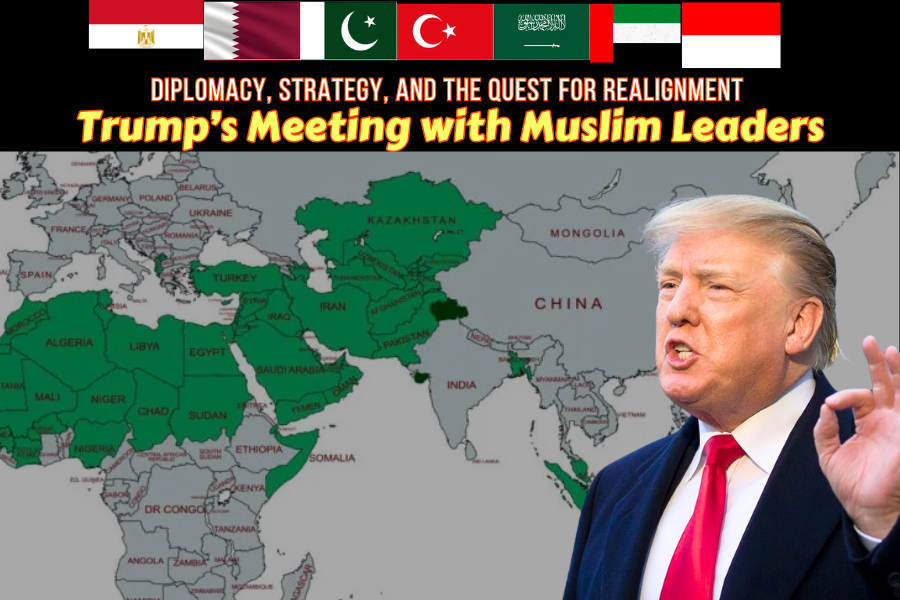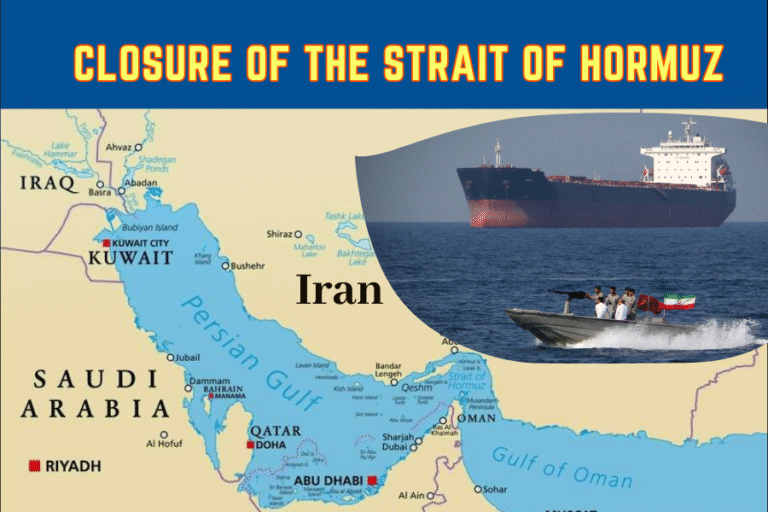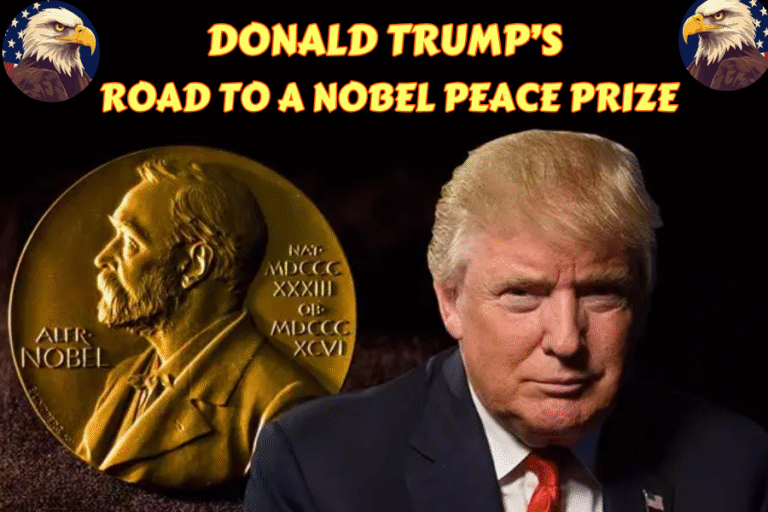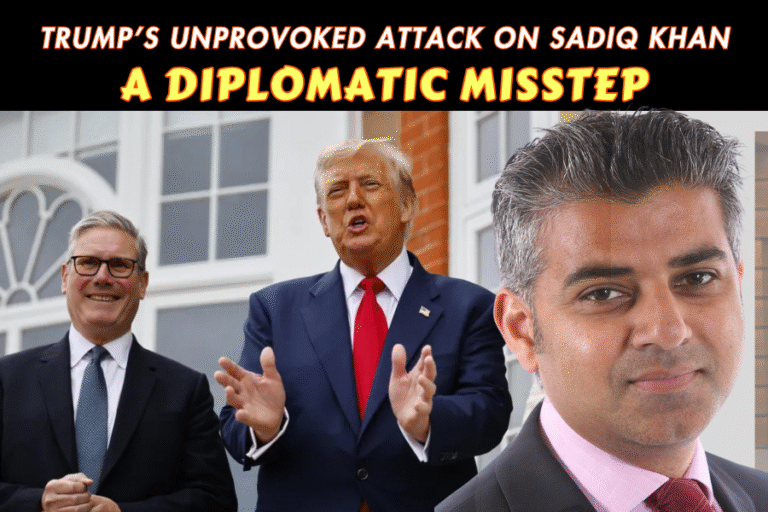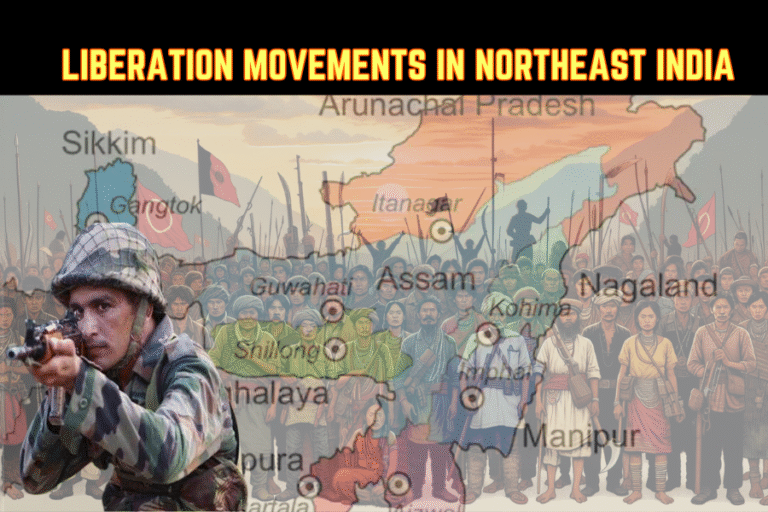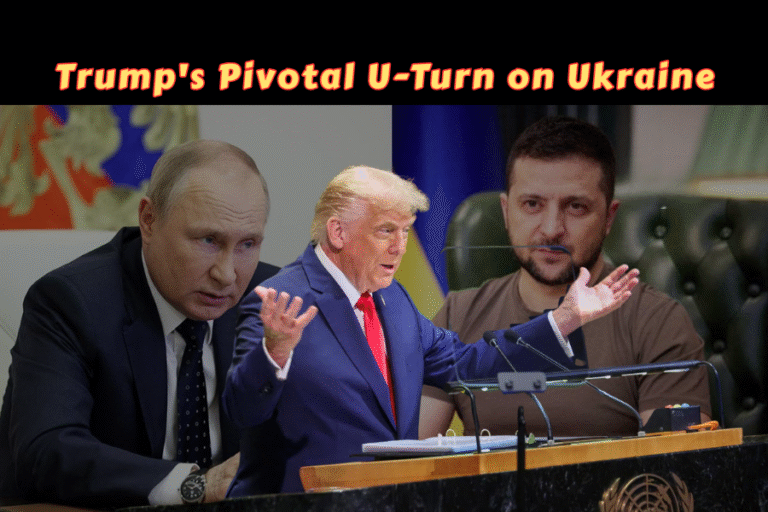(By Mohsin Tanveer)
Introduction
Diplomatic gatherings on the sidelines of the United Nations General Assembly (UNGA) have long been fertile ground for statesmanship, backroom bargaining, and the quiet forging of global alignments. This year’s highlight, however, has a distinctly strategic undertone. The White House confirmed that U.S. President Donald Trump will meet with leaders from Pakistan, Saudi Arabia, Turkey, Qatar, the United Arab Emirates (UAE), Indonesia, and Egypt. The official purpose is to “exchange views on issues pertaining to regional and international peace and security.”
On the surface, the meeting reads like another multilateral consultation. But diplomacy is rarely what it seems. Behind the carefully curated language lies a deeper set of U.S. ambitions: to consolidate Muslim world opposition to Iran and to nudge key Islamic nations toward recognition of Israel, thereby advancing Washington’s Middle East agenda. Understanding this meeting requires situating it within the broader currents of U.S. strategy, intra-Muslim rivalries, and the shifting global order.
The American Context: Trump’s Middle East Doctrine
President Trump’s approach to the Middle East can be distilled into three interrelated pillars:
- Maximum Pressure on Iran – withdrawing from the Joint Comprehensive Plan of Action (JCPOA), reinstating crippling sanctions, and isolating Tehran diplomatically.
- Normalization with Israel – promoting what the administration termed the “Deal of the Century,” which envisioned Arab states formally recognizing Israel in exchange for U.S. incentives.
- Burden-Sharing through Allies – encouraging regional powers, particularly Gulf states, to shoulder greater responsibility for security and financing regional initiatives.
The invitation to a select group of Islamic leaders aligns seamlessly with these pillars. Trump’s White House sought not only bilateral support but a collective Islamic imprimatur, enhancing legitimacy for policies that otherwise risk being seen as U.S. impositions.
The Participants: Why These Seven?
The choice of states invited is as telling as the agenda itself.
- Saudi Arabia and the UAE: Cornerstones of Trump’s anti-Iran strategy, willing financiers of U.S. defense contracts, and already inching toward normalization with Israel.
- Egypt: A long-time U.S. security partner, custodian of Arab diplomacy, and signatory of the Camp David peace treaty with Israel.
- Turkey: A NATO member, assertive in regional politics, often at odds with U.S. policy but too important to exclude.
- Qatar: Host of major U.S. military bases, mediator in regional disputes, and a balancing player in Gulf politics.
- Indonesia: The world’s most populous Muslim country, symbolically vital for pan-Islamic legitimacy.
- Pakistan: Nuclear-armed, strategically placed at the crossroads of South Asia and the Middle East, and central to Washington’s calculations on Afghanistan and counterterrorism.
Together, these states constitute a microcosm of the Islamic world’s diversity—Arab and non-Arab, democratic and authoritarian, Gulf and non-Gulf. The inclusion ensures that any consensus reached carries the weight of both symbolic breadth and geopolitical depth.
Iran: The Elephant in the Room
No serious analyst can overlook the Iranian dimension. Since Washington abandoned the nuclear deal, the Trump administration has worked tirelessly to paint Tehran as the principal threat to regional peace. By bringing together leaders of key Muslim countries, Trump hopes to showcase a united Islamic front against Iran.
For Saudi Arabia and the UAE, this dovetails neatly with their own rivalry against Tehran, fueled by sectarian divides and proxy wars in Yemen, Syria, and beyond. Egypt, too, has reasons to mistrust Iran’s influence. Pakistan and Turkey, however, complicate this picture.
- Pakistan maintains delicate ties with Iran, sharing a border and energy interests, even as it remains dependent on Gulf patronage.
- Turkey under Erdoğan has pursued pragmatic cooperation with Tehran, especially on trade and countering Kurdish separatism.
Thus, while some attendees may cheer U.S. efforts to isolate Iran, others will likely resist being pushed into an openly confrontational posture. The meeting, then, becomes a test of whether Washington can override these divergences to manufacture a semblance of unity.
Israel: The Silent Agenda
Equally significant, though less openly stated, is the issue of Israel. Trump’s administration invested heavily in nudging Arab and Muslim states toward normalization with Tel Aviv. While public rhetoric emphasizes peace and security, the subtext is unmistakable: Washington seeks to build momentum for recognition of Israel as a legitimate part of the Middle East’s political fabric.
Saudi Arabia and the UAE have already signaled incremental openness to normalization, with covert contacts and gradual warming of ties. Egypt, of course, has long recognized Israel. For Qatar and Turkey, relations remain complex—publicly critical but marked by pragmatic cooperation in certain areas.
The real prize for Washington lies in Pakistan and Indonesia. Neither country has diplomatic ties with Israel, yet both wield enormous symbolic weight in the Muslim world. If Washington can leverage economic incentives and security guarantees to soften their stance, it would mark a historic breakthrough.
Pakistan’s Balancing Act
For Islamabad, participation in the meeting underscores the delicate dance of contemporary statecraft. On one hand, Pakistan relies heavily on Gulf support for financial stability, remittances, and political backing. On the other, it cannot afford to alienate Iran, a neighbor and potential partner in regional connectivity.
Moreover, domestic sentiment in Pakistan remains firmly pro-Palestinian and wary of U.S. pressure. Any overt tilt toward Israel or alignment against Iran risks igniting public backlash and complicating internal politics. Thus, Prime Minister Shehbaz Sharif’s presence in New York will be less about committing Pakistan to Washington’s agenda and more about ensuring Islamabad retains a seat at the table while hedging its bets.
Implications for the Islamic World
The broader implications of the meeting stretch beyond U.S. foreign policy. If successful, Washington would not only strengthen its anti-Iran coalition but also accelerate the normalization of Israel within the Muslim political mainstream.
For the Islamic world, this represents both an opportunity and a risk. On the one hand, aligning with U.S. power offers economic incentives, security guarantees, and diplomatic relevance. On the other, it risks deepening fractures within the Muslim ummah—between those willing to accommodate Israel and those who see such moves as betrayal of the Palestinian cause.
The gathering thus symbolizes a broader contest over the soul of Islamic diplomacy: pragmatism versus principle, alignment versus autonomy.
The Strategic Optics
From a statecraft perspective, Trump’s choreography is masterful. By convening leaders on UNGA sidelines, he gains international visibility while retaining the informal, flexible setting conducive to candid bargaining. By including both traditional allies and reluctant partners, he amplifies the symbolism of consensus even if substantive agreement proves elusive.
At the same time, the meeting underscores Washington’s enduring capacity to convene. Despite talk of U.S. decline and multipolarity, few states could marshal such a diverse array of Muslim leaders in one room. That fact alone reflects America’s residual gravitational pull in global diplomacy.
Conclusion: Between Diplomacy and Realignment
The upcoming meeting between President Trump and the leaders of Pakistan, Saudi Arabia, Turkey, Qatar, the UAE, Indonesia, and Egypt is far more than a routine consultation. It is a deliberate act of diplomatic theater designed to consolidate opposition to Iran and to normalize the idea of Israel’s legitimacy among Muslim states.
For some participants, this dovetails with existing interests. For others, it presents uncomfortable choices between domestic sentiment, regional priorities, and global alignments. The outcome will not be measured merely in communiqués or press releases, but in the gradual shifts of diplomatic posture that follow.
Ultimately, the meeting embodies the essence of statecraft: subtle persuasion, strategic signaling, and the quest to bend regional alignments toward global agendas. Whether Washington succeeds in reshaping the Islamic world’s diplomatic map remains uncertain. But the very act of convening such a gathering signals the ambition—and the audacity—of American diplomacy in the Trump era.

